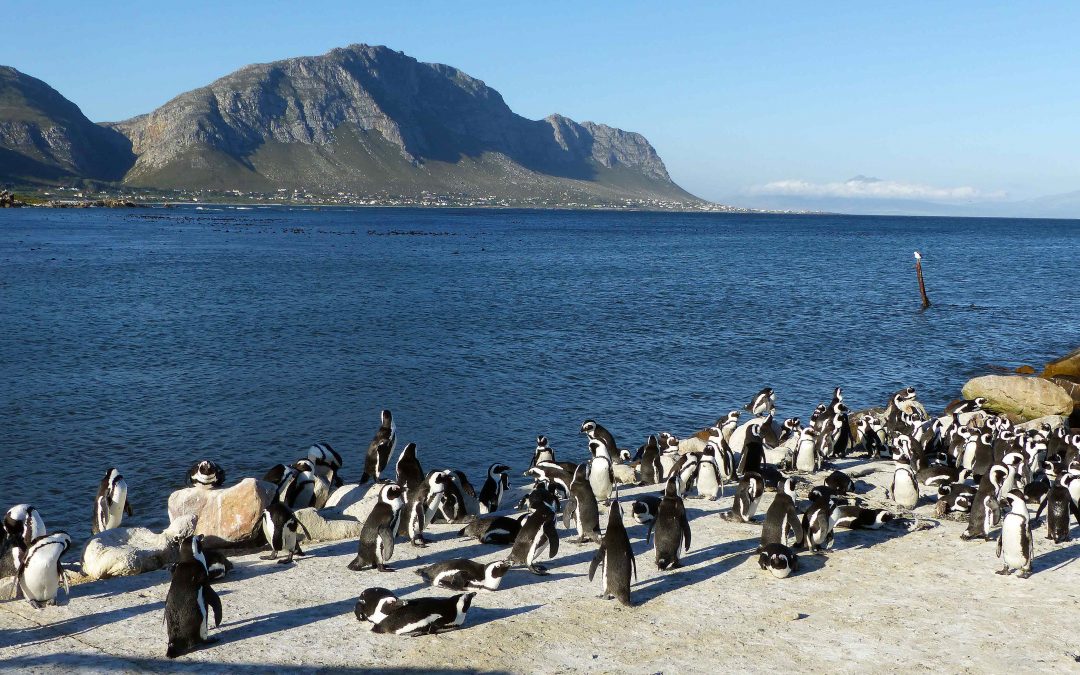
by Zoë Poulsen - Cape Town Botanist | Jan 27, 2018 | Botanic Gardens, Cape Floristic Region, Conservation, Ecology, Ecotourism, Forest, Fynbos, Orchids, Overberg, Plant Profiles, Responsible Tourism, Travel
It is that wonderful time again, when the intense red orchid Disa uniflora (Red Disa or Pride of Table Mountain) come into bloom. There is no South African flower that shouts ‘summer’ to me more than this. They grow on stream banks, next to waterfalls and on wet shady precipitous cliffs from the Cape Peninsula eastwards to Bredasdorp in the Overberg and northwards to the Cederberg. The genus is named after Queen Disa, a character from Swedish mythology who according to legend presented herself to the King of Sveas wearing only a fishing net.
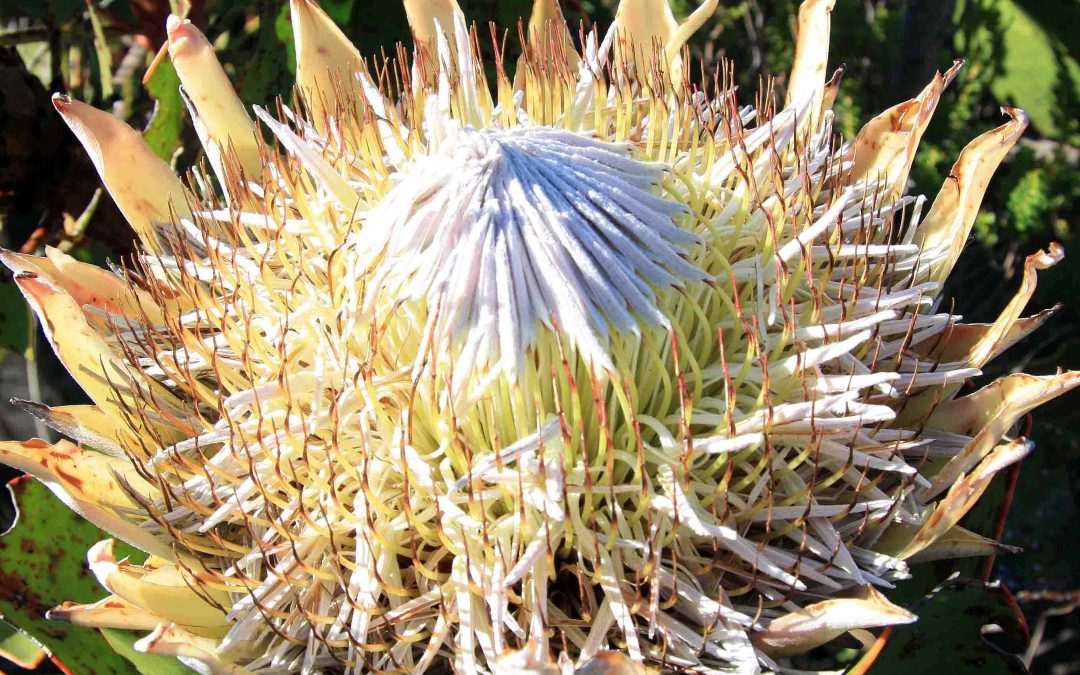
by Zoë Poulsen - Cape Town Botanist | Jan 10, 2018 | Botanic Gardens, Cape Flats Sand Fynbos, Cape Floristic Region, Cape Peninsula, Cederberg, Conservation, Ecology, Endangered Species, Ethnobotany, Fynbos, Hiking, Landscape History, Mountains, Plant Profiles, Pollination, Proteaceae, Proteas, Renosterveld
The genus Protea is one of the most well-known and charismatic of the Cape Floristic Region’s (CFR) Fynbos Biome. The King Protea (Protea cynaroides) is South Africa’s national flower. Proteas are exported as cut flowers all over the world, prized for their beauty, diversity and longevity. They are often depicted in artwork and are popular garden plants. Members of the genus are also known as sugarbushes.
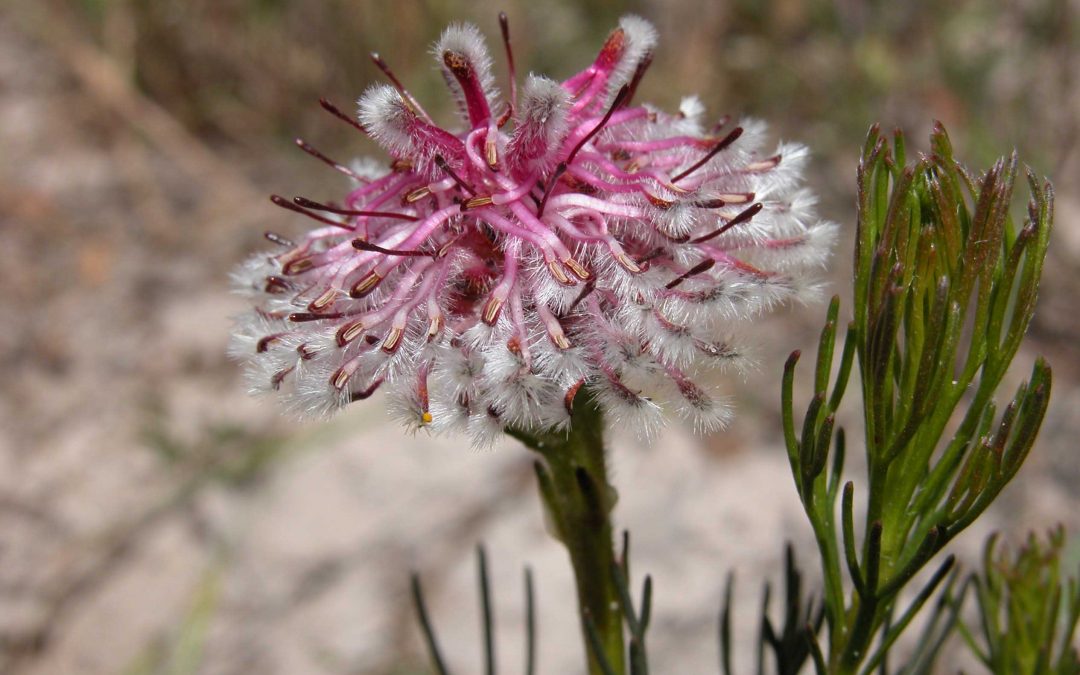
by Zoë Poulsen - Cape Town Botanist | Nov 5, 2016 | Botanic Gardens, Cape Flats Sand Fynbos, Cape Floristic Region, Cape Peninsula, Conservation, Ecology, Endangered Species, Fynbos, Kirstenbosch, Plant Profiles
Have you ever wondered what it would be like to be the last in the world of your kind? There are many species who have experienced this fate in the hands of people. The most famous of these is Lonesome George, a giant tortoise of the Pinta subspecies from the Galapagos Islands. Despite the best efforts of conservationists, when Lonesome George died in 2012 at the age of approximately 102, the Pinta Island subspecies of giant tortoise died with him. I was lucky enough to meet Lonesome George at his last home at the Charles Darwin Research Centre during a stint of volunteering in the Galapagos Islands during my teens, and it is a memory that has stayed with me.

by Zoë Poulsen - Cape Town Botanist | Jul 28, 2016 | Botanic Gardens, Fynbos
Notes from a Cape Town Botanist was born on a bench on a cold spring day at London’s Royal Botanic Gardens Kew, inspired by the prominent botanist, conservationist and author Sara Oldfield, then Secretary General of Botanic Gardens Conservation International. The blog was started with an aim to communicate to the world in a way accessible to all about the international importance of South Africa’s Cape Floristic Region (CFR). It also reports on the conservation challenges the CFR faces and the vital work of those striving for a better understanding and to conserve it for the future.
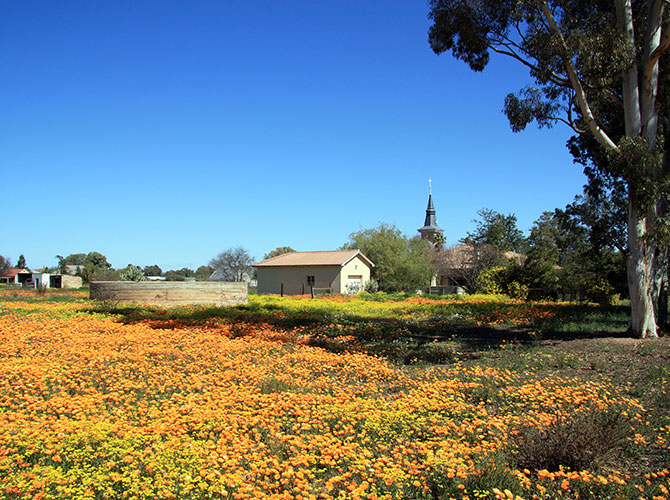
by Zoë Poulsen - Cape Town Botanist | Dec 1, 2015 | Botanic Gardens, Conservation, Ecology, Endangered Species, Ethnobotany, Geophytes, Landscape History, Namaqualand, Renosterveld, Succulent Karoo, Travel
“I’m chilling in the tent…..in both senses”. Camping on Namaqualand’s Bokkeveld Plateau in August is not for the faint hearted or those lacking in strong constitution as we were soon to discover! At that time of year it is COLD! Snow on the nearby Hantamsberg is not uncommon in winter and spring and known locally as ‘kapok’ meaning cotton in Afrikaans.
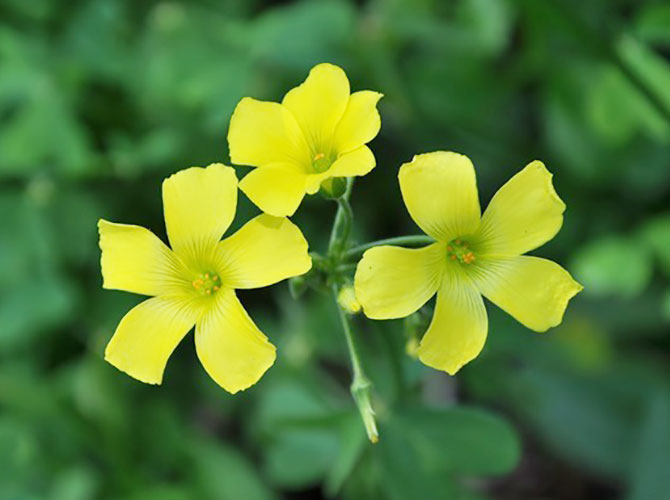
by Zoë Poulsen - Cape Town Botanist | Apr 10, 2015 | Botanic Gardens, Cape Floristic Region, Cape Peninsula, Endangered Species, Ethnobotany, Fynbos, Indigenous Foods, Kirstenbosch
The Kirstenbosch Plant Fair is a long held tradition and this year heralds the 40th one held since its relatively humble beginnings. Dirk Muller, Chairman of the Kirstenbosch Branch of BotSoc, recalls attending the first plant fair in 1975 which saw eager members queuing up at 6:30am in the morning prior to the opening and by 11am every plant on sale had marched out the door in the hands of inspired and enthused growers.






